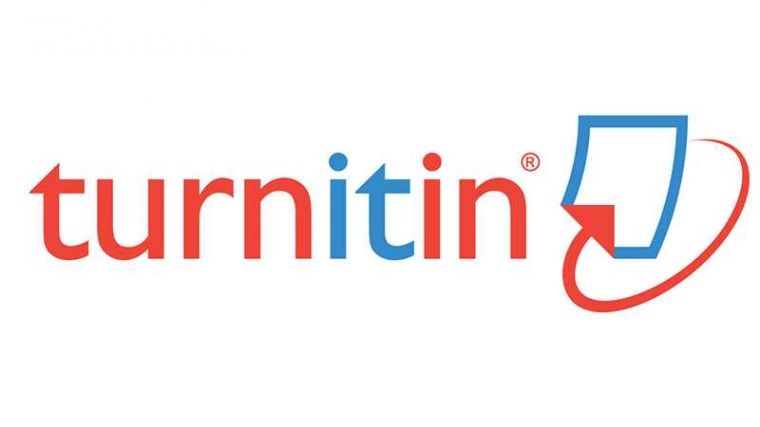STRATIFIKASI SOSIAL DALAM TRADISI RAMPANAN KAPA' PADA MASYARAKAT DI KECAMATAN SA'DAN KABUPATEN TORAJA UTARA
Sari
This study aims to determine the meaning of the rampanan kapa' tradition and the factors that encourage the emergence of social stratification and its impact on the implementation of the rampanan kapa' tradition in Sa'dan District, North Toraja Regency. This study uses qualitative research methods with observation techniques, in-depth interviews, and in-depth analysis to obtain the desired data. Interviews were conducted with several informants who had knowledge and had participated in carrying out or participating in the Kapa' Rampanan tradition. The results of this study indicate that: (1) Rampanan Kapa' for the Sa'dan people is interpreted as a traditional procession, starting from at least a statement of intent from the groom, ussorong food, discussing the time and place of the proposal, and ma parampo (application procession). (2) The factors that encourage the emergence of social stratification in the Rampanan Kapa' tradition in the Toraja people in Sa'dan District are divided into 4 factors, namely heredity, education, wealth, and position. Hereditary factor is the main indicator of this determination. While other factors are only a support. (3) The impact of social stratification affecting the implementation of the Kapa' Rampanan tradition in the Toraja people in Sa'dan District affects 3 aspects of position, rules, and sanctions. In the position of the tradition, the rampanan kapa' is divided into 3, namely rampo bongi for the lower strata, rampo karoen for the middle class and rampo allo for the highest strata. The rules for carrying out the Kapa' Rampanan tradition at the highest stratification are all the sequences in the Kapa' Rampanan procession which are permitted to be carried out. As for the sanctions, if one of the parties violates after the marriage, they will be subject to sanctions in accordance with what was agreed upon at the time of application.
Kata Kunci
Teks Lengkap:
PDFReferensi
Baan, A. (2014). Daerah Tana Toraja the Utterance Formation Patterns of Kada Tominaa. Jurnal.Uny.Ac.Id, 22(2), 121–130.
Bararuallo, F. (2010). Kebudayaan Toraja : Masa Lalu, Masa Kini dan Masa Mendatang. Universitas Atma Jaya.
Batara, D. U. L. (2016). Perbedaan Kasta (Tana’) Dalam Perkawinan Adat Tana Toraja. 1–23.
Bigalke, T. W. (2016). Sejarah sosial Tana Toraja. M. Nursam.
Bungin, B. (2008). Metodologi Penelitian Kualitatif. PT. Raja Grafindo Persada.
Jørgensen, S., Vorgias, C. E., & Antranikian, G. (1997). Cloning, sequencing, characterization, and expression of an extracellular α-amylase from the hyperthermophilic archaeon Pyrococcus furiosus in Escherichia coli and Bacillus subtilis. Journal of Biological Chemistry, 272(26), 16335–16342. https://doi.org/10.1074/jbc.272.26.16335
Koentjaraningrat. (1979). Pengantar antropologi. Rineka Cipta.
Kondongan, S. (2019). Persepsi Masyarakat Terhadap Upacara Rambu Solo’ Berdasarkan Tingkatan Masyarakat (Studi Kasus Makale Kabupaten Tana Toraja).
MacMillan, & MacIver, R. M. (1948). The Web of Government. The University of Toronto Law Journal, 7(2), 524. https://doi.org/10.2307/823836
Rahmad, A. (2018). Persepsi Masyarakat Terhadap Perubahan Budaya di Tana Toraja (Studi Kasus Upacara Rambu Tuka’). Jurnal Environmental Science, 1(1). https://doi.org/10.35580/jes.v1i1.7347
Ratna, N. K. (2010). METODOLOGI PENELITIAN Kajian Budaya Ilmu sosial Humaniora pada umumnya. PUSTAKA PELAJAR.
Ravik, K. (1998). Sosiologi pendidikan. UNS Press.
Sandarupa, S. (2015). Glokalisasi Spasio-Temporal Dalam Agama Aluk To Dolo Oleh Agama Kristen Di Toraja. Sosiohumaniora, 17(1), 86. https://doi.org/10.24198/sosiohumaniora.v17i1.5677
Sanderan, R. (2021). STRATIFIKASI SOSIAL, Kepemimpinan Tradisional Toraja dalam Dinamika Demokrasi Modern. https://doi.org/10.31219/osf.io/63yaj.
Sari, H. (2017). KAJIAN NILAI-NILAI PADA TEKS MA’PARAPA DALAM PROSESI RAMPANAN KAPA’ DI TORAJA UTARA. 87(1,2), 149–200.
Siswanto, D. (2009). Orientasi pemikiran filsafat sosial.
Soekanto, S. (2014). Sosiologi suatu pengantar. PT. Raja Grafindo.
Soelaeman, M. (2011). Ilmu Sosial Dasar. Refika Aditama.
Sugiyono. (2016). Metode Penelitian Pendidikan : Pendekatan Kuantitatif, Kualitatif, dan R&D. Alfabeta.
Tobar, M., Kasnawi, M. T., & A.T, M. R. (2020). HUBUNGAN ANTAR STRATA SOSIAL DALAM MASYARAKAT MODERN ( Kasus Rampanan Kapa’ Dalam Masyarakat Tana Toraja ). Hasanuddin Journal of Sociology, 17–34. https://doi.org/10.31947/hjs.v2i1.10557
DOI: https://doi.org/10.33387/humano.v14i1.6148
Refbacks
- Saat ini tidak ada refbacks.
| Journal Name | HUMANO: Jurnal Penelitian |
| Print ISSN | 1978-6115 |
| Elektronik ISSN | 2597-9213 |
| Publisher | Lembaga Penelitian dan Pengabdian Masyarakat (LPPM) Universitas Khairun |
| Address | Jalan Yusuf Abdurrahman Kampus II Unkhair, Kelurahan Gambesi, 97722 Kecamatan Kota Ternate Selatan, Provinsi Maluku Utara |
| Country | Indonesia |
| humano@unkhair.ac.id / humanounkhair@gmail.com‚ | |
| URL | https://ejournal.unkhair.ac.id/index.php/humano/index |
| DOI | http://doi.org/10.33387/humano |

This work is licensed under a Creative Commons Attribution-NonCommercial 4.0 International License.






